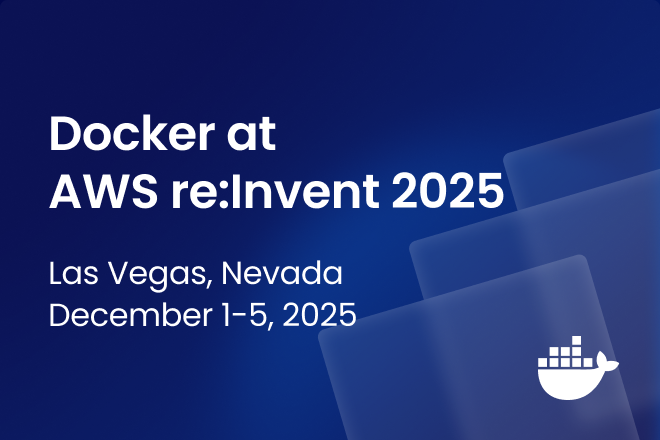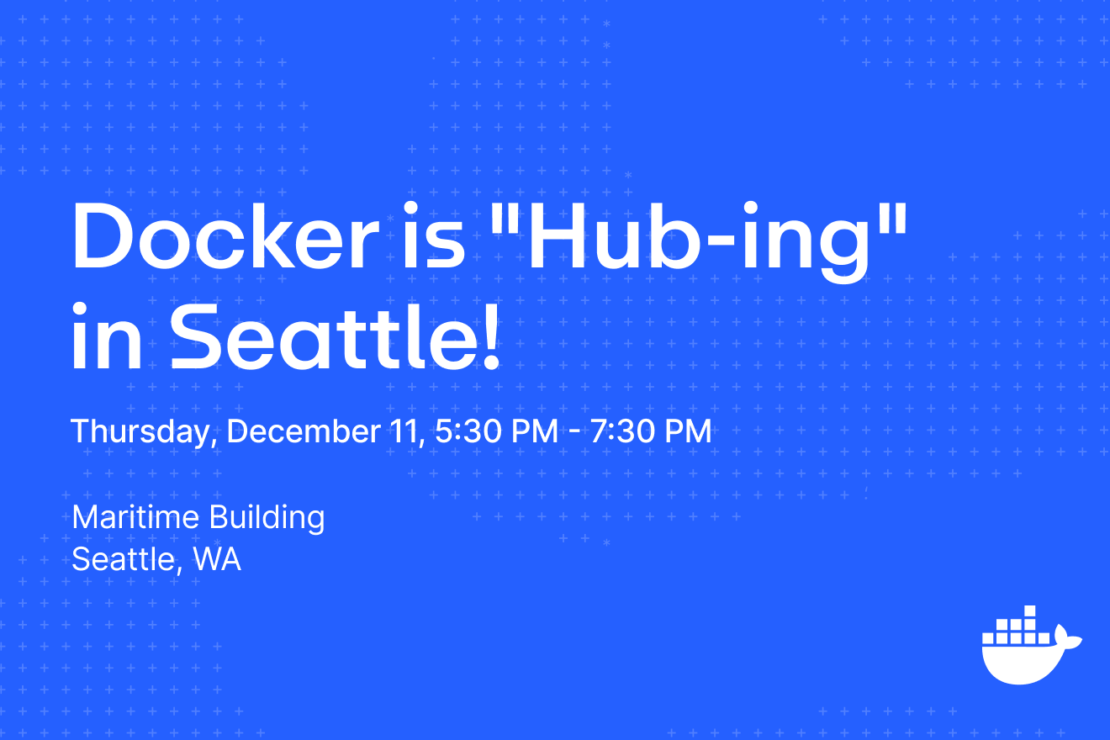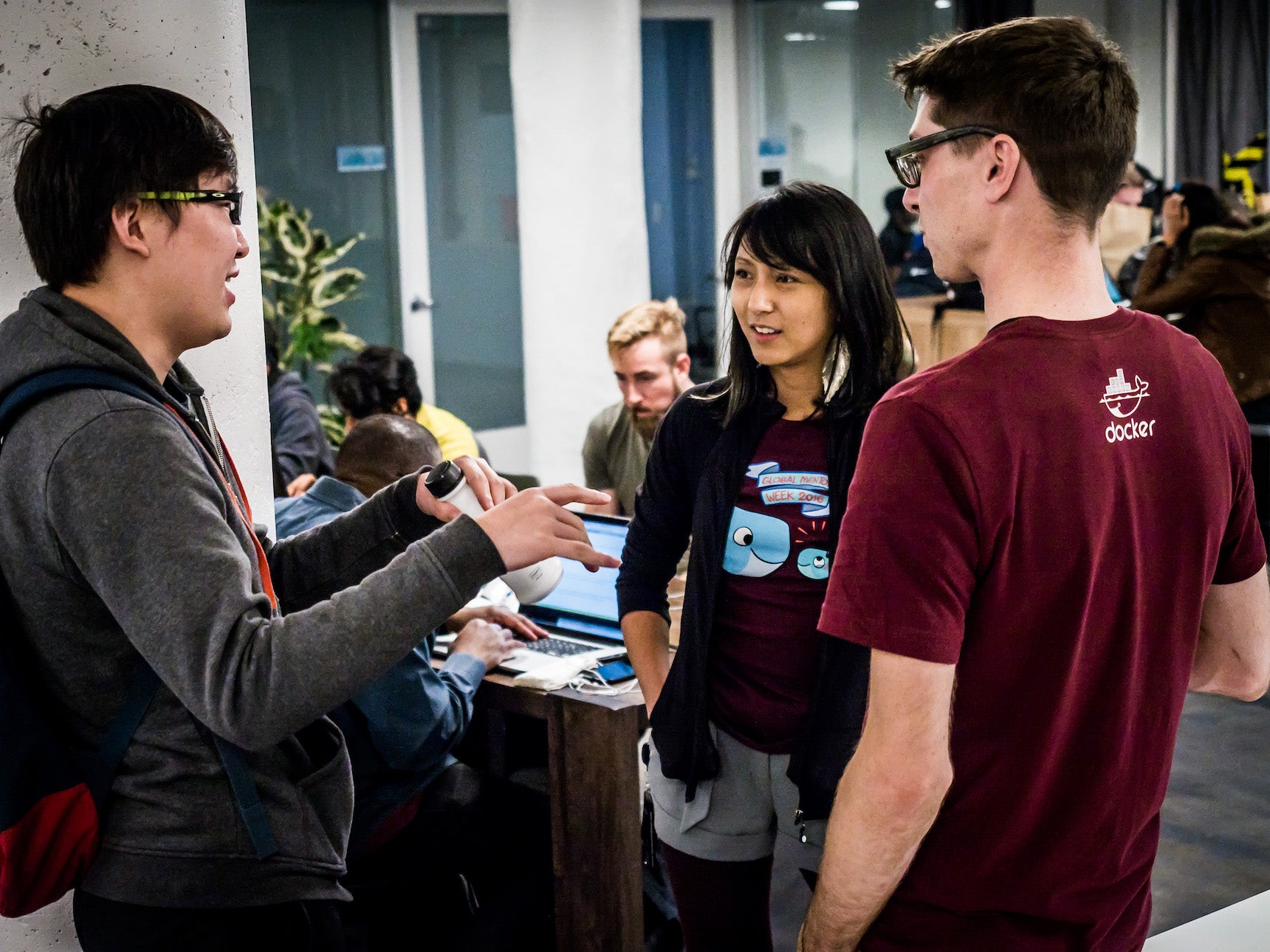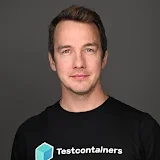
Events
Upcoming Events
-
 Conference Dec 1 – 5, 2025
Conference Dec 1 – 5, 2025Docker at AWS re:Invent 2025
Docker is unleashing the future of secure development at AWS re:Invent! Discover the MCP Catalog & Toolkit and Docker Hardened Images (DHI) giving developers speed with built-in security and enterprises the governance they need. Find us at Booth #1819 and see how Docker powers trust at scale.
Register now
-
 Webinar Dec 10, 2025
Webinar Dec 10, 2025MCP 201: Advanced Developer Use Cases for MCP
Join us for a live, hands-on session where we’ll explore advanced MCP use cases.
Register now
-
 Conference Dec 11, 2025
Conference Dec 11, 2025Docker Seattle Office Recruiting Event
Docker’s Engineering & Product teams invite you to come check out our new digs, as we build our office in Seattle’s historic Maritime Building. Come for the views and stay to learn what we’re working on, what is in ideation, and how our vision and mission are framing the next wave of Docker.
Register now
-
 Meetup Dec 15, 2025
Meetup Dec 15, 2025AI Camp Austin
Join us at AI Camp Austin for deep dive tech talks on AI, GenAI, LLMs and Agents, hands-on experiences on code labs, workshops, and networking with speakers and fellow developers.
Register now

Previous videos available on-demand



